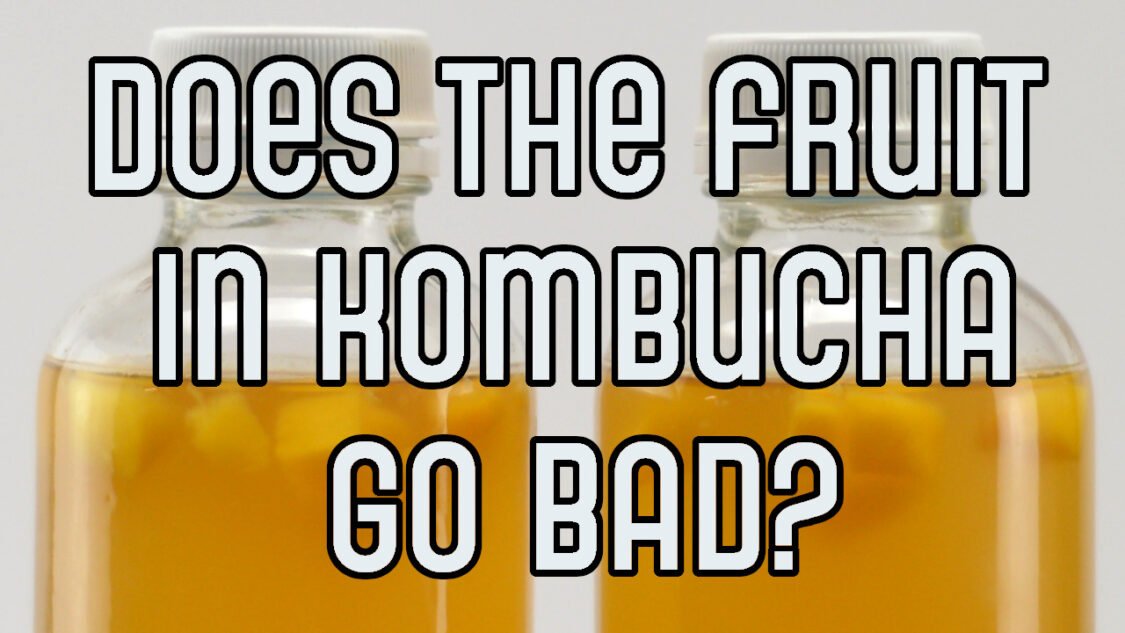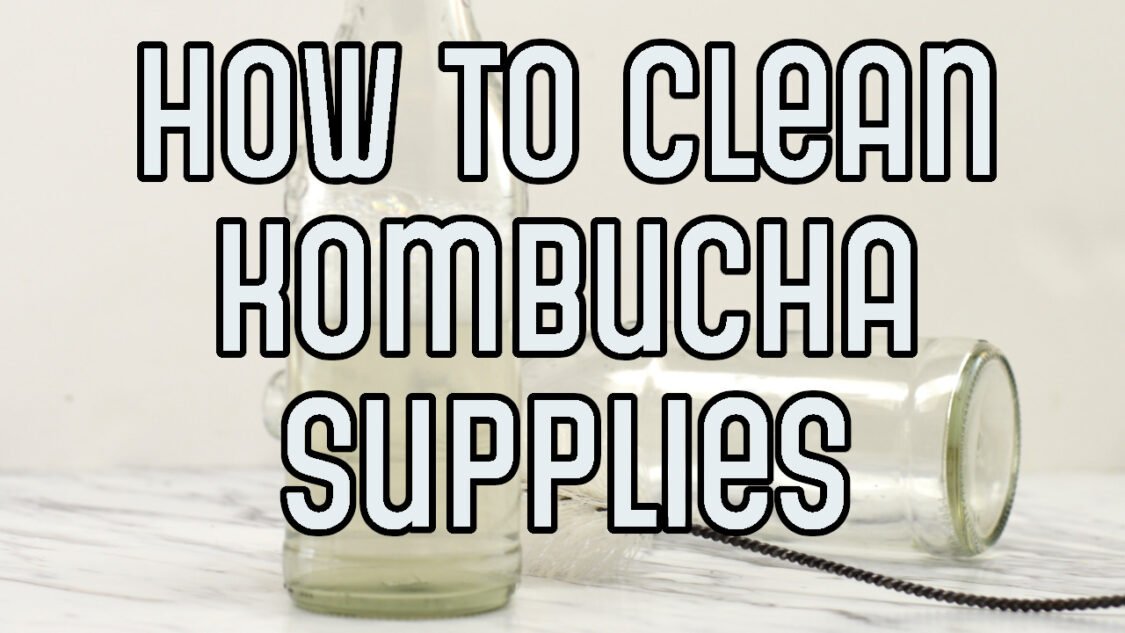Kombucha Not Fizzy
Is your kombucha not fizzy and flat after several weeks? Check out causes and how to fix them
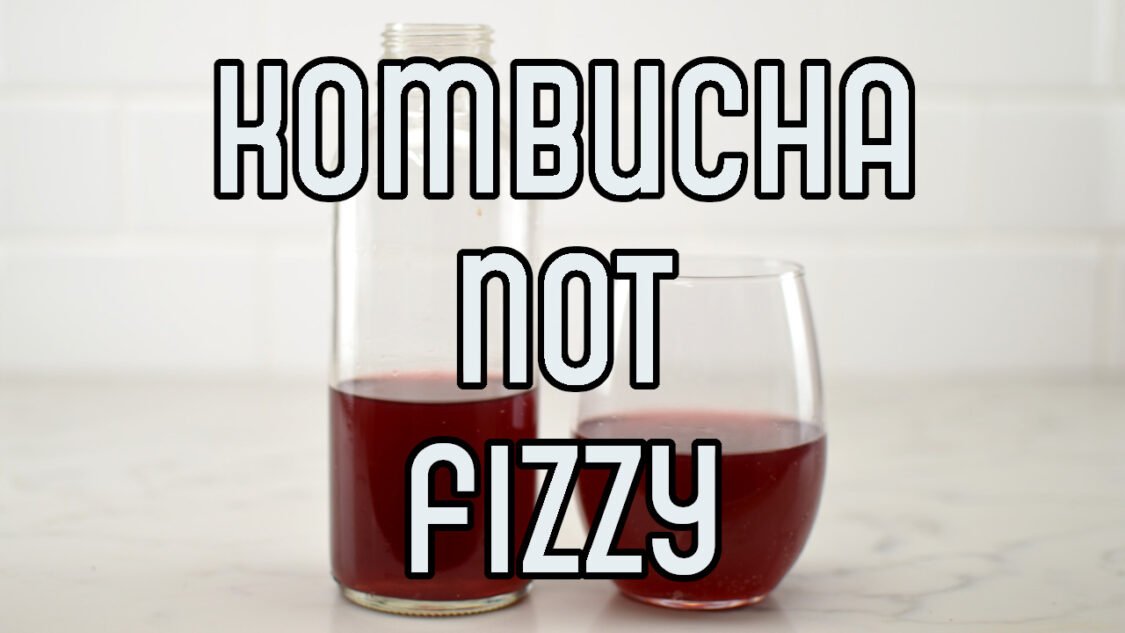
Sometimes your kombucha is flat after following the process exactly. This can be frustrating if you prefer your kombucha with a decent amount of carbonation like I do.
What makes kombucha fizzy?
Carbonation makes kombucha and other beverages fizzy. During fermentation, yeast in the SCOBY consumes sugar and converts it into two byproducts–alcohol and carbon dioxide (CO2).
Even with a large SCOBY floating on top of your fermentor, most of the gas molecules escape into the atmosphere. If you were to cap off the fermentor (DO NOT EVER DO THIS, your fermentor could explode) making it air-tight, the CO2 molecules will dissolve into the liquid and become carbonation, or fizziness!
What is Carbonation?
Carbonation as you just read, is simply carbon dioxide (CO2) dissolved in a liquid. In the case of kombucha the CO2 is a byproduct of the yeast consuming the sugar. When primary fermentation is complete and you bottle your kombucha with fruit, juice and/or sugar, the CO2 produced by the yeast dissolves into the liquid to create carbonation.
This is called natural carbonation. Alternatively CO2 can be forced to dissolve into the liquid under high pressure, a technique called forced carbonation. Many commercial kombuchas, sodas, sparkling waters and beer are carbonated this way since it is repeatable and not subjection to variations in carbonation level.
Is Flat Kombucha Safe?
Kombucha does not need to be carbonated to be safe or delicious to drink. Flat (or still) Kombucha has the same nutritional components as carbonated versions. Some people prefer their kombucha less fizzy and event flat.
The dissolved CO2 can bother the gastrointestinal system of some people. Flat kombucha also has a slightly different taste than carbonated versions and some people prefer the taste of non-carbonated Kombucha as it has a a bit less “sharpness” or “bite” from the dissolved carbon dioxide.
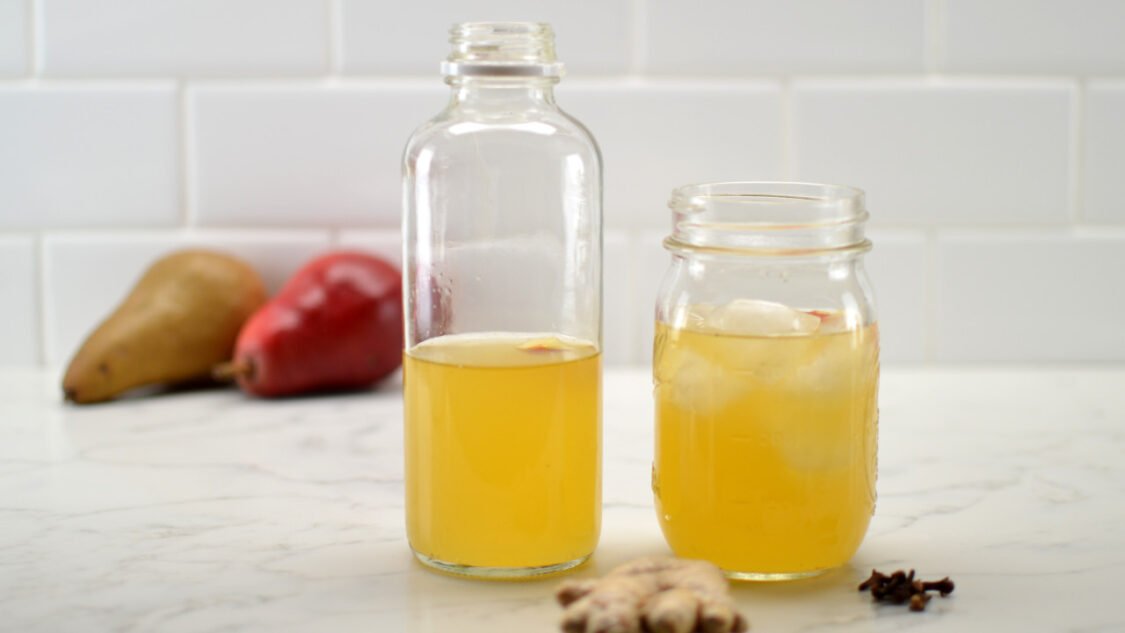
How to Carbonate Kombucha
While some carbonation does occur in the first fermentation if the SCOBY creates a light seal, trapping a little fizz in your brew, Carbonating kombucha to make it fizzy occurs during secondary fermentation where you take your kombucha and add some sugar and let it continue fermenting. Rather than allowing the CO2 to escape into the atmosphere, you place an air-tight lid on the bottle and force the carbonation to dissolve into the kombucha.
If you want more carbonation, you can bring the whole batch of bottles back out to room temperature and let them continue fermenting for another day or so. Then chill and test another bottle to see if the carbonation levels are better.
Tip: Use an empty water bottle as a gauge. Fill a recyclable plastic bottle with kombucha (leaving 2 inches empty at the top). When this bottle becomes rock hard, you’ll know the glass bottle are also ready. This will help you gauge how quickly kombucha carbonates in your climate and will prevent bottle explosions.
Why is my Kombucha Not Fizzy?
This brings us to our question of the hour – why is your kombucha not fizzy aka flat? There are numerous reasons why your kombucha might not have carbonation:
1. You’re not using the right bottles. Use quality bottles with airtight caps. Bottles and caps play a big role in this. You want to make sure you have as airtight of a seal as possible on your bottles and the bottles can withstand the pressure. I have used seeral types of bottles and ended up with perfectly fizzy kombucha. Check out my post on bottles and caps to learn more.
2. Primary fermentation time is off. Your first fermentation needs to be long enough that the population of good bacteria and yeast in the kombucha is sufficient to continue converting sugar into carbonation. Additionally, you do not want the first fermentation to go so long that the yeast and bacteria digest all of the sugar and your kombucha becomes sour/vinegary tasting. In this case there would be little sugar remaining to develop carbonation.
3. Primary fermentation too short. You may need to let your secondary fermentation time go a bit longer. Typically secondary fermentation takes 3 to 10 days depending on the amount of sugar remaining and the temperature where the kombucha is
4. Fermentation temperature is too low. Kombucha fermentation speed is drastically reduced as temperatures cool. Ensure your bottles are somewhere in the range of (68-78°F). During winter months you might have to use a kombucha heating pads or find a warm place in your house to ferment your kombucha. Read more on ideal kombucha temperatures here.
5. Too much air in the bottles. Some head space (empty air space) at the top of the bottles before sealing is needed to act as a buffer for the pressure, preventing bottle explosions. If you allow too much head space it will absorb all of the pressure and prevent any from being dissolved into the kombucah in the form of carbonation. A good starting point is 1 to 2 inches of head space, depending on the bottle shape and size. You may need to adjust this you brew more batches to find an amount that works best for your taste.
6. Not stirring the kombucha before bottling. Yeast has a tendency to settle at the bottom of the brew jaw, so if you don’t stir and you’re pouring your kombucha into bottles, some bottles may have too little yeast (if the bottle contains the clear, un-stirred liquid from the top) and some bottles might have too much yeast (if the bottle contains the cloudy liquid from the bottom). This is often the cause of carbonation variance between bottles even within the same batch. Ensure you’re mixing your kombucha well before you pour it into bottles. Additionally, this oxygen into the kombucha, which helps to stimulate carbonation process of.
7. Filtering before bottling. Yeast growing in your fermentor or on your SCOBY can look like unappetizing, stringy, brown mucus. Often kombucha brewers like to “clean” their SCOBYs to remove these weird looking growths. On the contrary it’s best to just leave them alone. That yeast is what consumes the sugar and builds the carbonation. If you’re not getting a good amount of fizz, it may just be because you’re cleaning too much yeast out of your brew before secondary fermentation.
8. Your tea isn’t strong enough. Your first fermentation tea might not be strong enough or doesn’t contain enough tannins to ensure a vigorous SCOBY. Add a few more bags of tea or let the tea steep for longer to extract more of the compounds in the tea which act as food for the bacteria and yeast.
9. Not adding fruit or sugar. Adding fruits, juices, sugar, or honey not only add flavor to your kombucha, but they are critical for the creation of carbonation. Try using fruit puree if fruit pieces don’t appear to be working, the larger surface area allows the culture to rapidly digest all of the sugars. Also if using juice, ensure that it doesn’t contain any additive that could be affecting your kombucha fermentation.
See our favorite kombucha flavors here!
10. Burping the bottles too often. You don’t need to burp your bottles. Burping is slightly opening your bottles during the secondary fermentation process to excess pressure in the headspace of the bottle. It is not necessary once you’ve got your process dialed in (sugar, temperature and time). In many instances burping is counterproductive to good carbonation.
11. Weak or unhealthy SCOBY. A healthy SCOBY produces great, fizzy kombucha. Another cause of your carbonation issues could be a weak SCOBY. If the yeast to bacteria balance is out of balance by unintentionally harming the SCOBY, that could lead to fermentation issues over time. If you’ve tried everything everything else to get the perfect fizz and you are confident you’re doing everything “right” — It might be your SCOBY. You may have a weak SCOBY or a SCOBY without a good yeast-bacteria balance.
Here are common causes for SCOBYs to lose vitality:
- SCOBY come into contact with flavorings, natural or not
- Stored your SCOBY in the fridge or somewhere really cold for longer than a few hours
- Purchase (or acquired) a SCOBY with a shady history
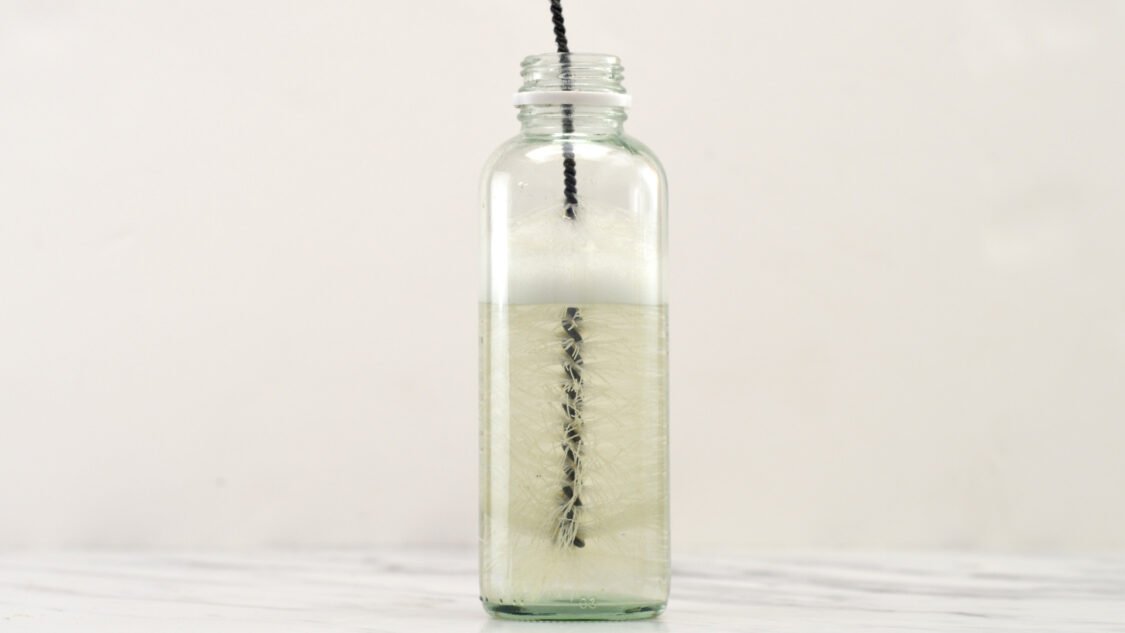
Best bottles for Carbonation
There are three key points to consider when choosing bottles for your secondary fermentation to ensure you get decent carbonation.
- Is it airtight? If air can escape, so can the carbon dioxide gas.
- Can it withstand pressure?
- Second, will it fit in your refrigerator easily?
I like the 16 oz kombucha bottles (either new or recycled) since they meet all three of the criteria above and if you re-use commercial kombucha bottles are also cost effective. Grolsch-style flip top bottles are another option. You can choose either 16 oz or 32 oz versions
I prefer 16 oz as that’s two (or one if you’re thirsty) servings and rest of the bottle stays fresher and loses less carbonation in a smaller bottle. The only downside is that they can be a little tough to clean due to the small opening. Consider purchasing a bottle brush regardless of which bottle you use.
See my complete guide to the best bottles for kombucha here.
Helping you learn to brew kombucha, find inspiration for new kombucha flavors and use kombucha to make kombucha mocktails

